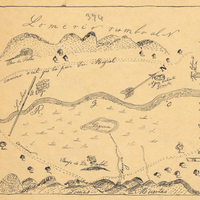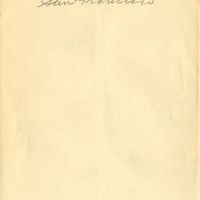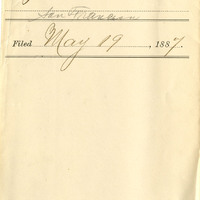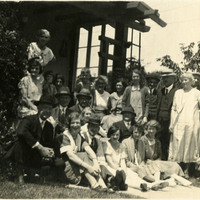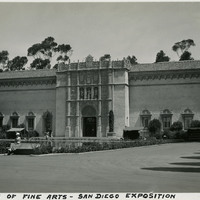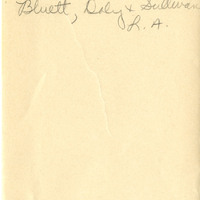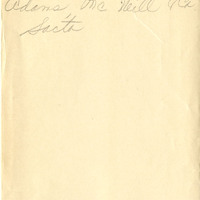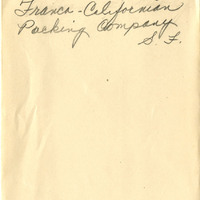Search All Items
- Filters:
- Type
- Still Image 4044
- Image 3895
- Text 436
- Text 50
- Image of the California Census from the records of the office of the California Secretary of State 1
- Language
- English 7937
- Spanish 494
- ENGLISH 4
- English 2
- census_013 1
- contra_costa_schedule_1_volume_1 1
Search Results 7501 to 7510 of 8533
-
Hand-drawn sketch map of Santa Iasabel boundaries. Volume 2, page 81.
Date: 1843
-
No caption, c. 1920. Group of unidentified people posing in the yard of a house. William McCarthy is seated in the bottom row, third from the left, while Grace McCarthy is seated in the bottom row, far right.
Date: 1920
-
Caption: "Palace of Fine Arts-San Diego Exposition," 1935. Grace is seen here resting before the Palace of Fine Arts at the California-Pacific International Exposition.
Date: 1935
-
Hand-drawn sketch map of Santa Monica Boca, or San Vicente y Santa Monica boundaries. Volume 2, page 49.
Date: 1836


